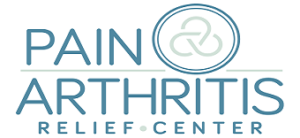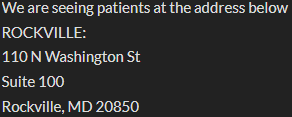What Is a Chiropractic Adjustment?
Many people receive chiropractic adjustments routinely to tackle aches and pains throughout their bodies. Knowing what to expect from a chiropractic adjustment can help you decide if this is the right treatment option for you.
What Can a Chiropractic Adjustment Achieve?
One aspect of chiropractic medicine, with which many people are familiar, involves correcting subluxations or vertebrae shifting out of their correct positions. When vertebral misalignments occur, the surrounding nerves are subject to unnatural constriction, making them unable to communicate efficiently with other body parts. In addition to back pain, subluxations can lead to other symptoms, including:
- Headaches
- Digestive issues
- Sleep problems
- Fatigue
- Dizziness
Chiropractic adjustments can realign the vertebrae, thereby relieving pressure and opening the central nervous system’s communication pathways.
What Happens During a Chiropractic Adjustment?
Chiropractors may employ any of a wide range of techniques during an adjustment. The following are among the most common methods of correcting subluxations.
Direct Thrust
This adjustment method requires the chiropractor to apply a quick and forceful hand thrust to reposition misaligned vertebrae. Many people hear a popping sound due to the release of gases trapped within constricted joints; this is a natural aspect of the realignment process.
Spinal Mobilization
Some patients may not tolerate the direct thrust method and require a gentler approach due to conditions including arthritis, scoliosis, osteoporosis, or personal preference. A chiropractor will employ slow stretches and light pressure for the same results achieved with thrusting in these instances.
Gonstead Technique
Most chiropractic visits will include this treatment strategy, which revolves around a careful and thorough evaluation of a patient’s specific spinal anatomy through X-rays, palpation during rest and particular movements, patient feedback, and instruments to detect the uneven distribution of heat emanating from the spine. The method, named for the person who developed it, ensures that every adjustment is precise and necessary.
Activator Technique
A spring-loaded or electronic device placed at strategic spots along the spine delivers quick and gentle impulse force to open the space between joints and expand movement range.
Flexion-Distraction Technique
A chiropractor may apply this adjustment method as part of a conservative approach to treat disc bulges, herniations, scoliosis, and sciatica discomfort. This technique involves gentle stretches to relieve nerve pressure and restore movement range by stretching muscles and ligaments.
Drop-Table Technique
This method involves gentle thrusts by the chiropractor supported by a concomitant 1/2 inch table drop to address spinal subluxations. The technique is comfortable for both the patient and the practitioner because it requires less force than standard thrusts.
Consult with a chiropractor, like a chiropractor from AmeriWell Clinics, to discuss the best adjustment approach to treat your specific condition.





